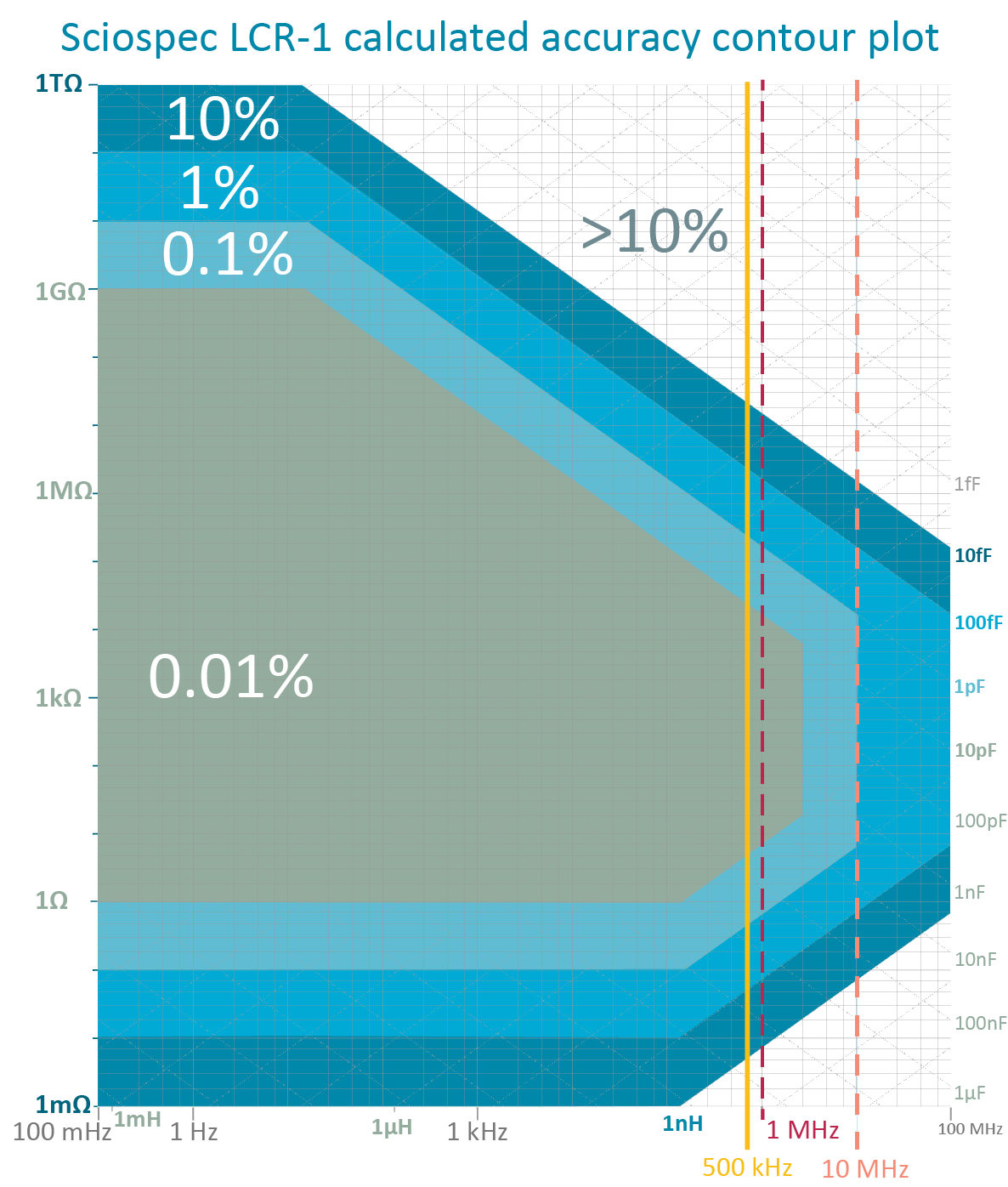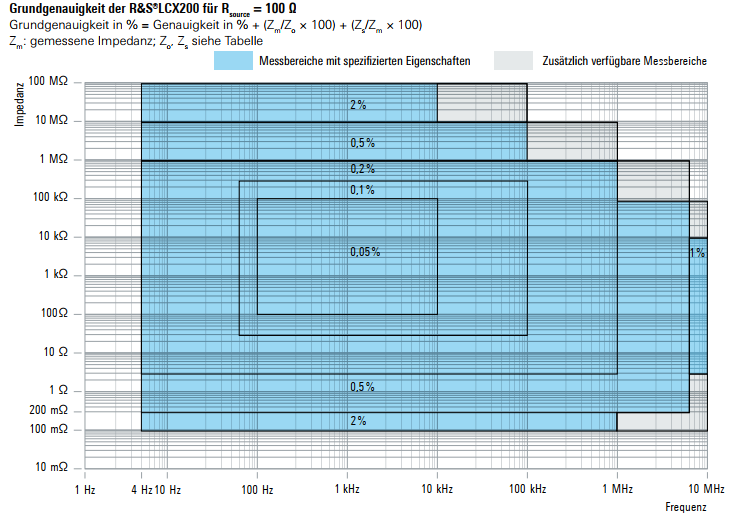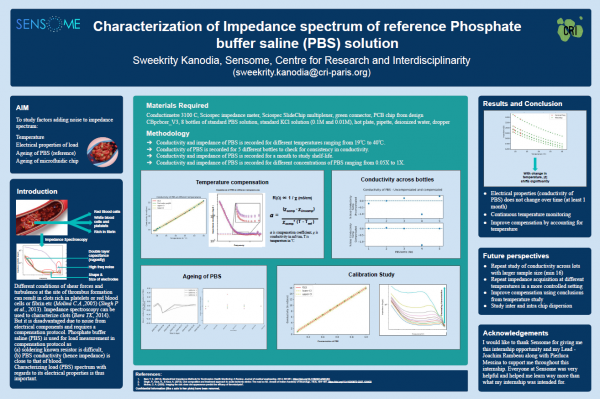
Characterization of Impedance spectrum of reference Phosphate buffer saline (PBS) solution
The ISX-3 Impedance Analyzer with a multiplexer at our Partners from Sensome.
Electrical component analysis has never been easier. Based on the same technology as our industry leading impedance analyzers the LCR-1 combines next-level performance with the simplicity of an LCR meter. In terms of range, accuracy and speed the LCR-1 sees eye to eye with competing high-end devices while maintaining a compact formfactor, simple setup and ease of use previously unseen in this class.
Unlock the power of component analysis with the LCR-1!
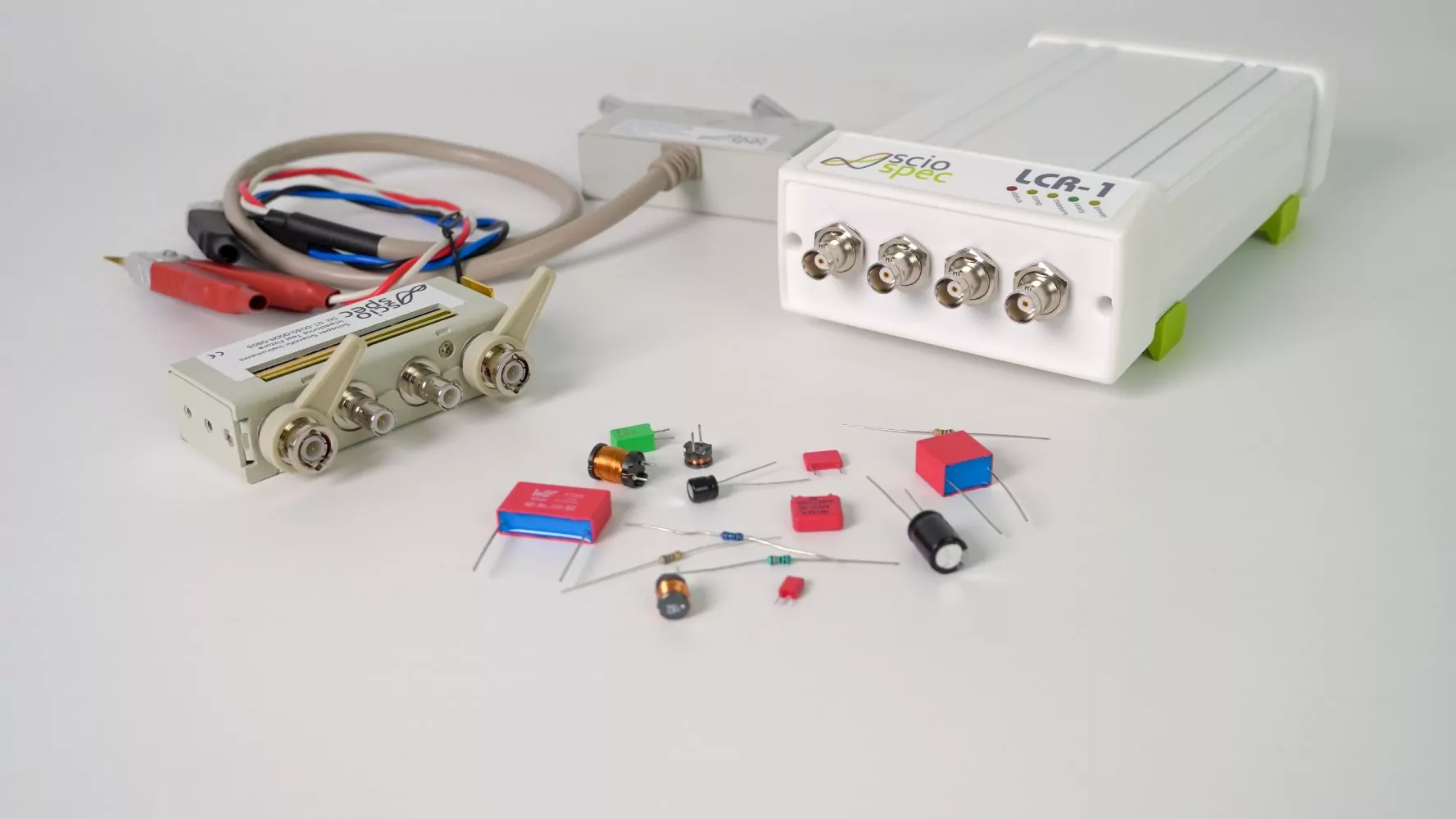
Coming soon:


Don ́t be fooled by the simplicity on the outside and the affordable pricing. The LCR-1 combines high-end accuracy, range and speed with such simplicity and ease of use – anyone can use it!
John Doe Tweet

The ISX-3 Impedance Analyzer with a multiplexer at our Partners from Sensome.
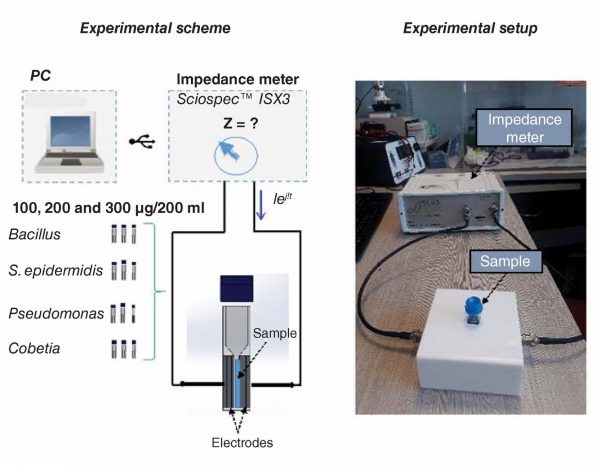
The ISX-3 beiing used to detect bacteria and differenciate between different bacteria types
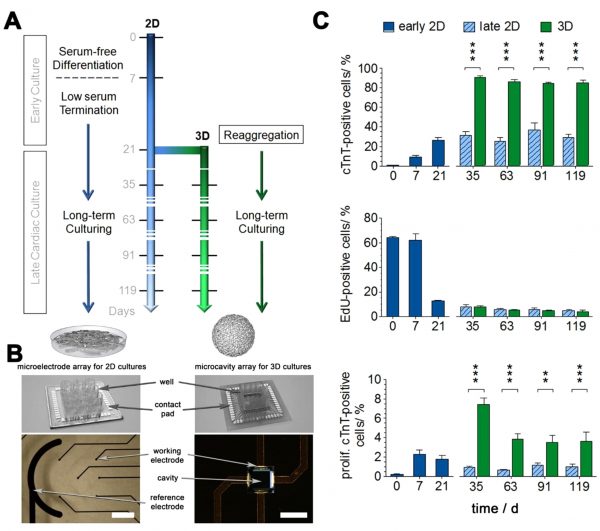
The ISX-3 impedance analyzer in a long-term monitoring application
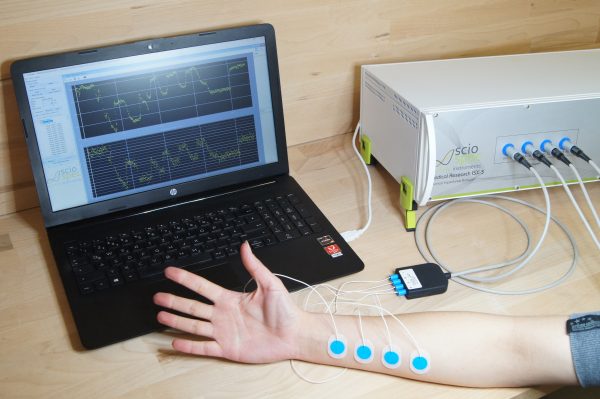
The Medical Research ISX-3 impedance analyzer is intended to facilitate the use of impedance spectroscopy in medical research applications.
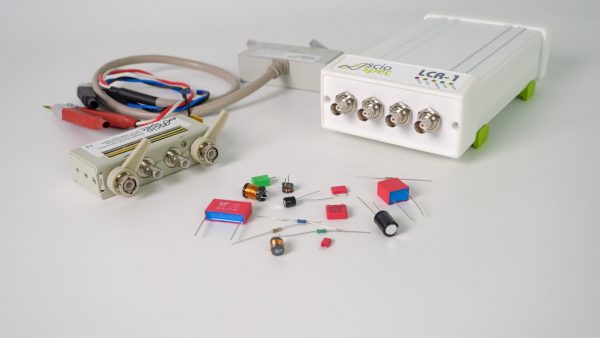
From the outside the LCR-1 projects uncompromised simplicity. On
the inside however it is built on the same cutting edge measurement
technology as our high-end impedance analyzers. This results in
extremely wide measurement ranges, speed and accuracy typically
not found in systems of this price class and ease of use. This makes
the LCR-1 the ideal choice for:
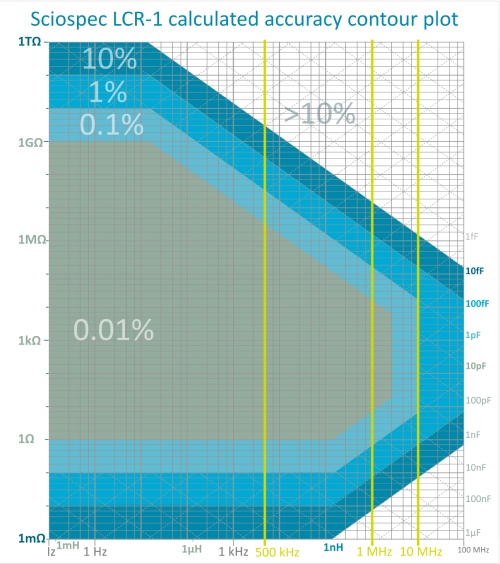
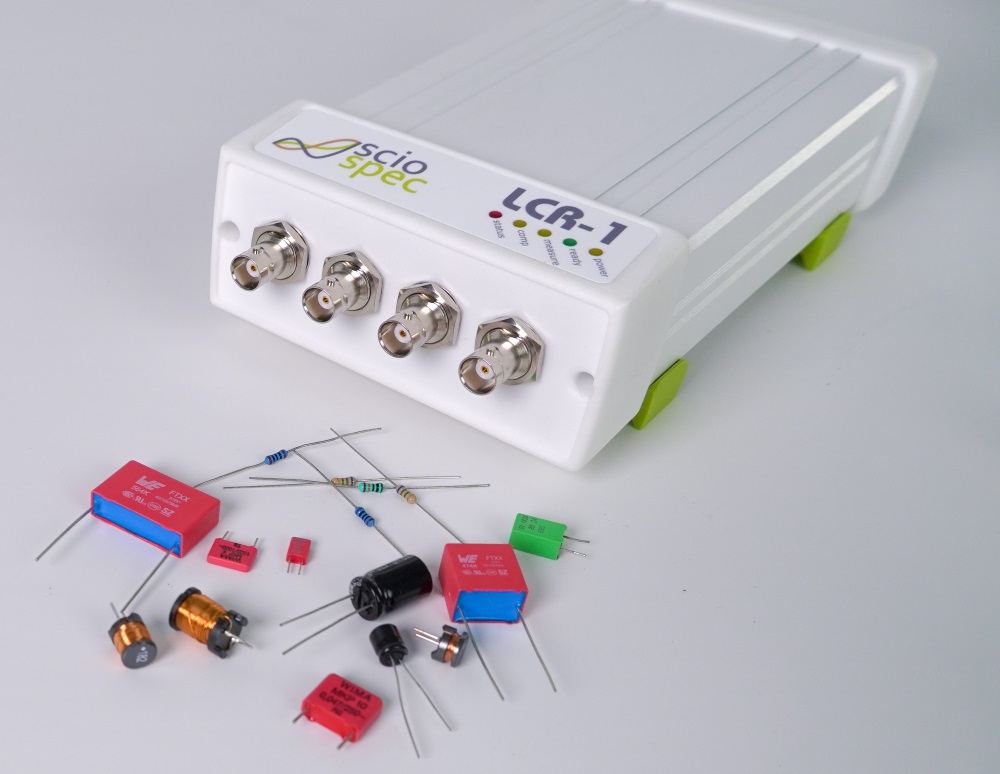
The LCR meter is a specialized electronic test instrument used to measure electrical properties, specifically the inductance (L), capacitance (C), and resistance (R) of electronic components or other objects. The name “LCR” reflects the three basic types of passive electronic components that the meter is designed to analyze. Typical measurements determine not only a single L, C or R component, but combinations thereof, for example simple series or parallel circuits of RC or LC combinations.
The LCR meter applies an AC voltage or current signal to the component under test and then measures the voltage across the component. By analyzing the phase shift and amplitude of the voltage and current waveforms, the LCR meter can determine the values of inductance, capacitance, and resistance or combinations thereof. The results are evaluated in terms of equivalent circuit models.
More advanced instruments are also capable of doing measurements on more complex component configurations. They therefore employ measurement modes using multiple frequencies, very similar to the operating principle of an impedance analyzer.
LCR meters are widely used in electronics manufacturing, research and development, quality control, and troubleshooting. They are essential tools for characterizing and testing various electronic components, such as capacitors, inductors, and resistors, to ensure they meet specified electrical parameters.
Most commercially available LCR meters are rather straight forward instruments intended for testing electrical components for their specifications, e.g. equivalent series resistance (ESR) and equivalent series inductance (ESL) measurements on capacitors. For this purpose, no spectral resolution is required and thus LCR meters usually only have a few selectable test frequencies. More advanced instruments also offer sweep functions and can be used for multifrequency measurements as seen in impedance spectroscopy. The disadvantages over the instrument class of impedance analyzers are subtle, but noticeable: typical measurement speeds of LCR meters will be lower and sweep point counts limited compared to impedance analyzers.
Bottom Line: LCR meters are best put to use for testing electrical components. Advanced LCR meters also offer additional modes like frequency sweeps, time lapse measurements or pass/fail testing and typically perform best in manufacturing level component testing applications. In these, they are argueably the most suitable instrument class. For more advanced capabilities and measurement settings the instrument class of impedance analyzers typically presents a better fit.


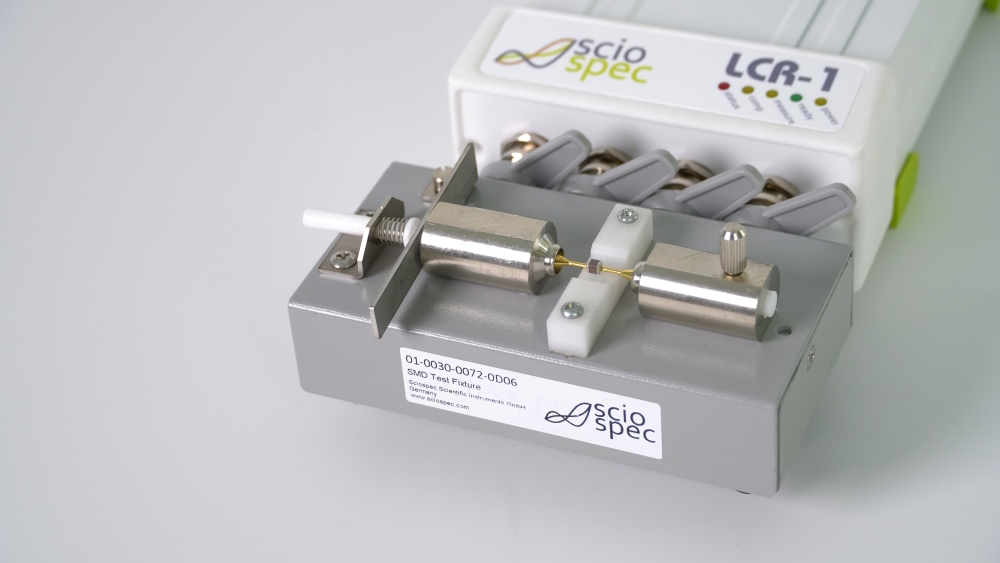
An LCR meter is a specifically designed for measuring the electrical properties of passive electronic components— most commonly inductors, capacitors, and resistors. Common application scenarios for LCR meters and reasons why you might use them include:
In summary, LCR meters are versatile tools that play a crucial role in ensuring the proper functioning and quality of electronic components and circuits. They are widely used in various industries, from electronics manufacturing to research and development.

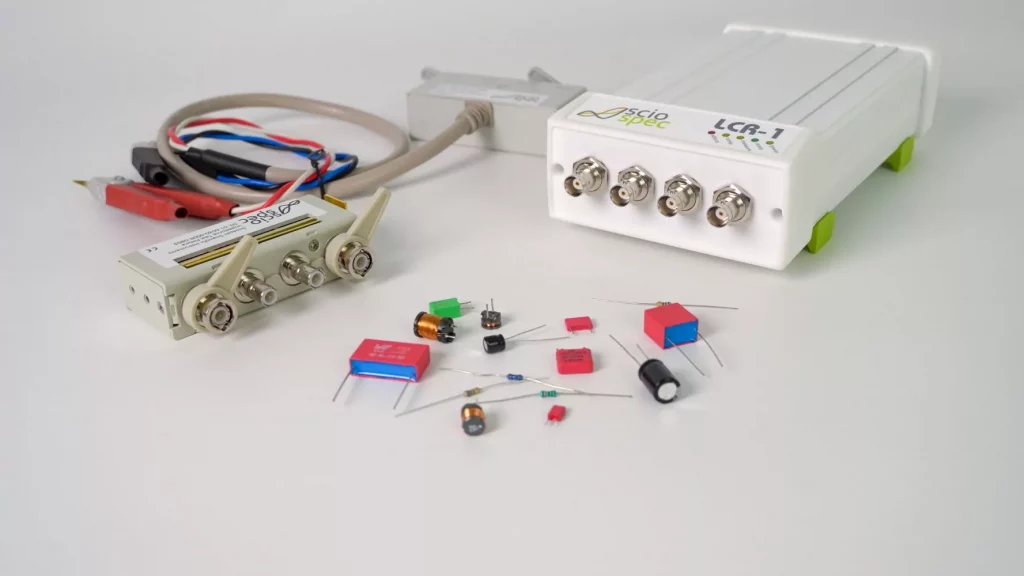
For all component testing scenarios, the Sciospec LCR-1 packs just the right features. Based on the same technology as our industry leading impedance analyzers the LCR-1 combines next-level performance with the simplicity of an LCR meter. In terms of range, accuracy and speed the LCR-1 sees eye to eye with competing high-end devices while maintaining a compact formfactor, simple setup and ease of use previously unseen in this class. Ranging from 1 mΩ … 1 TΩ, 10 fF … 1 kF, 1 nH … 1 TH the LCR-1 is specified for 0.01% base accuracy and an impedance range only challenged by top of the line impedance analyzers. The large selection of compatible test adapters enables all commonly seen component and material test scenarios and the modern, easy to use software user interface makes testing a breeze.
For more advanced capabilities and even more options you can also consider our impedance analyzer product range.

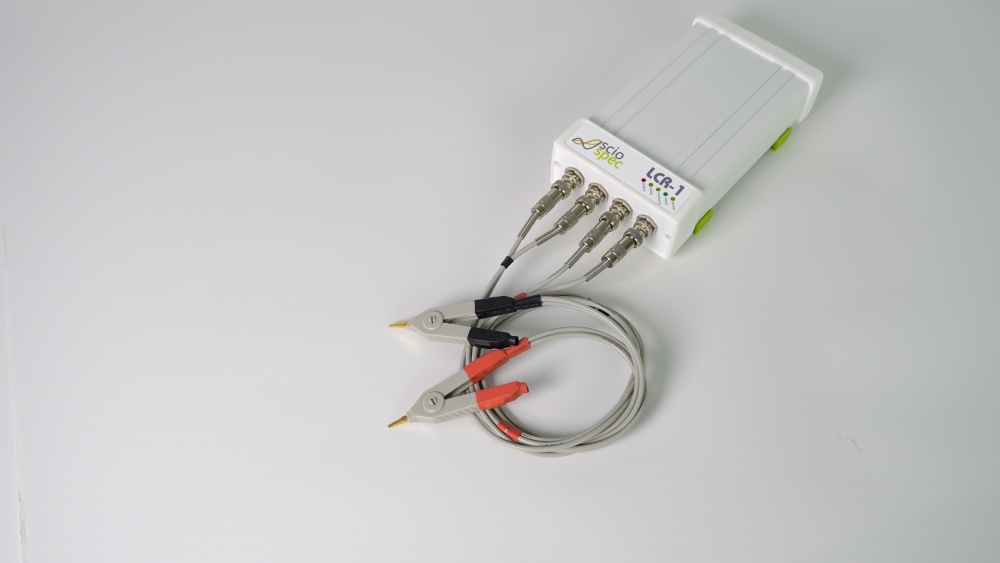
In general, LCR meters work on similar principals as impedance analyzers and the same parameters are to be considered. When measuring electrical impedance, main specifications are frequency and impedance measurement ranges, accuracy, speed and points per sweep. Just as important are requirements of the test setup like 2, 3 or 4 electrode configuration, bias control and scalability – when it comes to multichannel or high throughput problems. Since most applications require special care contacting a “device under test” the interface and extension possibilities of the instruments are also to be considered. Looking at instruments for impedance spectroscopy it is essential to look deeper than just the plain key specification from a product summary. Accuracy and speed both are at least dependent on frequency and absolute value of the measured impedance. Most manufacturers will specify across a very large range of impedances and frequencies, but a closer look into the datasheet will reveal that only certain range are covered in full accuracy. The distribution of them strongly varies across instruments. Thus, it is important to look at the accuracy-contour plots (see example below) showing which accuracy can be obtained at what absolute value and frequency. For a detailed comparison of specifications for the most widely used impedance analyzers on the market, check out this article. In simplified terms, LCR meters oftentimes are characterized not in terms of impedance ranges, but in terms of L, C and R ranges. For example, the Sciospec LCR-1 works for R = 1 mΩ … 1 TΩ, C = 10 fF … 1 kF, and L = 1 nH … 1 TH. However, in most cases it is important to measure at a specific test frequency and for that purpose the accuracy contour plots are the best option to understand an instrument´s capabilities. Notice how some of these include scales for inductance and capacitance values for easier readability.
